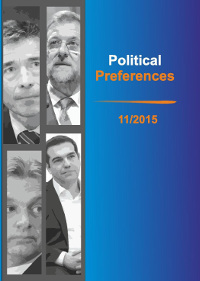

The article is an analysis of the local elections, from the perspective of the actors taking part in it. The study involved the election committees taking part in elections in 2006, 2010, and 2014. Exploration statistical data and results of the election was preceded by theoretical observations concerning the discussed issues. It outlines the legal basis for election to local government and made a typology of electoral committees, in accordance with the electoral laws in force during the specified election. It shows the level of participation of each type of election committees. In the analysis, the number of registered electoral committees, the number of candidates each gained votes and seats obtained. The model analyzes afflicting a number of key statistical data allowed to create a picture that revealed the definite advantage of election committees of political parties in electoral competition at the local government level. In addition, the cross-section analysis gave the word Stagnation scenery election, in respect of the entities competing election. The survey covered a national and provincial level. Data were analyzed in the whole country, as well as the division into 16 voivodeships. Information and data on issues taken taken from literature, existing normative acts and the data of the State Electoral Commission. We conducted a descriptive considerations of a comparative analysis using descriptive statistics methods.
Key words:
Local government, elections, electoral committees, electoral law
Download files
Citation rules

No. 11 (2015)
Published: 2015-06-01
 10.31261/polpre
10.31261/polpre